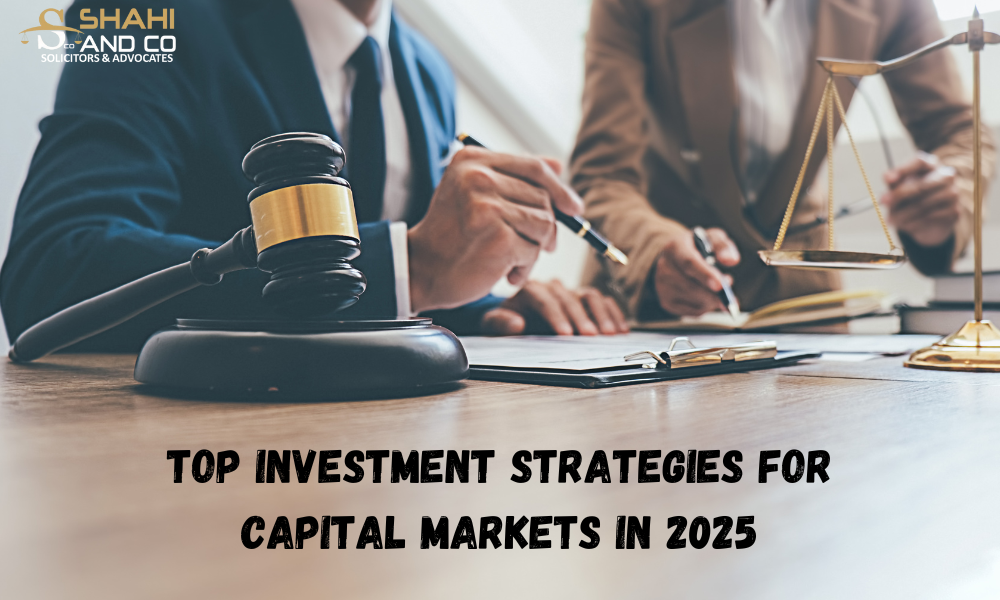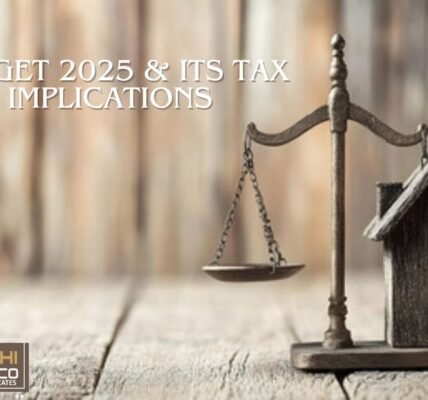Introduction
Capital markets are advancing rapidly due to financial fluctuations, technological progress, and shifting investor behavior. As we move into 2025, financial specialists must embrace well-informed methodologies to explore these markets viably. This article investigates key speculation approaches in equity and debt capital markets, initial public offerings (IPOs), and developing money related patterns to assist speculators maximize returns whereas overseeing hazard.
Understanding Capital Markets
Capital markets encourage the exchange of money related securities, such as stocks and bonds, empowering businesses and governments to secure financing. These markets are partitioned into equity capital markets (ECM), where companies issue offers, and debt capital markets (DCM), where bonds and fixed-income securities are exchanged. A solid venture technique includes understanding both markets and adjusting speculations appropriately.
Equity Capital Markets
Equity capital markets permit speculators to obtain company offers and can offer considerable returns, particularly in high-growth divisions. In 2025, speculators should center on blue-chip stocks, new businesses, and companies in developing businesses such as renewable energy and artificial intelligence. Given ECM’s instability, a broadened portfolio that incorporates worldwide values can help mitigate dangers.
Debt Capital Markets
Debt capital markets offer lower-risk investment opportunities compared to equities. Governments, enterprises, and municipalities issue bonds to raise stores, giving speculators with fixed-income returns. With rising inflation concerns, Treasury Inflation-Protected Securities (TIPS) and high-yield corporate bonds stay alluring. Developing market debt securities may moreover offer favorable returns. Analyzing credit evaluations and intrigued rate patterns is basic when contributing in bonds.
Initial Public Offerings (IPOs)
IPOs allow investors to purchase offers in companies before they enter open markets, advertising potential for high returns but too dangers due to market instability. In 2025, technology-driven and ESG-focused IPOs are anticipated to rule capital markets. Speculators should conduct exhaustive investigate on a company’s monetary wellbeing, administration, and market potential before taking an interest in an IPO.
Diversification for Stability
Diversification is basic for minimizing risks and maximizing gains. A well-balanced investment portfolio should incorporate values, settled income assets, commodities, and elective speculations such as genuine estate and private value. Broadening over businesses and geographies upgrades strength against advertise downturns. Contributing in inflation-hedging resources, such as gold and real estate, can too give steadiness.
Sustainable and ESG Investing
ESG (Environmental, Social, and Governance) contributing has gained traction, as moral and feasible companies illustrate solid monetary execution. Financial specialists in 2025 should look for businesses that prioritize supportability, clean energy, and responsible corporate governance. Green energy projects, electric vehicles, and sustainable agriculture are anticipated to draw in capital. ESG-focused shared stores and exchange-traded funds (ETFs) offer open ways to consolidate mindful contributing into portfolios.
Technology-Driven Investments
Mechanical headways proceed to reshape monetary markets, making tech-driven speculations exceedingly profitable. Counterfeit insights, blockchain, and computerization are changing businesses, making investment opportunities in fintech, cybersecurity, and cloud computing. Investors should monitor patterns in AI-powered trading, decentralized finance (DeFi), and blockchain-based budgetary arrangements. Companies leveraging these innovations viably are likely to provide solid returns.
Active vs. Passive Investing
Both active and passive contributing techniques have merits. Passive contributing, through ETFs and list reserves, offers cost-effective and steady long-term returns, making it perfect for risk-averse investors. Active contributing, on the other hand, permits investors to capitalize on short-term market variances. A cross breed approach can optimize speculation execution, especially in unstable market conditions.
Managing Geopolitical Risks
Geopolitical events and financial approaches essentially impact capital markets. Exchange approaches, intrigued rate choices, and worldwide clashes affect market performance, requiring hazard moderation procedures. Investors should embrace supporting procedures such as alternatives and prospects, expand geographically, and closely monitor macroeconomic patterns to defend their portfolios.
AI and Data-Driven Investing
The integration of AI and big data analytics is changing investment decision-making. AI-powered trading bots, robo-advisors, and machine learning calculations give investors with real-time insights, empowering more educated budgetary choices. Leveraging AI-driven speculation stages can upgrade portfolio execution by robotizing exchanging procedures and optimizing resource assignment.
Conclusion
Exploring capital markets in 2025 requires an energetic and informed investment approach. Whether through equity capital markets, debt capital markets, IPOs, ESG-focused funds, or technology-driven stocks, speculators must adjust to developing patterns whereas managing risks successfully. By expanding assets and remaining upgraded on worldwide improvements, investors can construct flexible portfolios for long-term financial success. For master direction on capital advertise speculations, contact Shahi & Co. to explore customized investment solutions.





